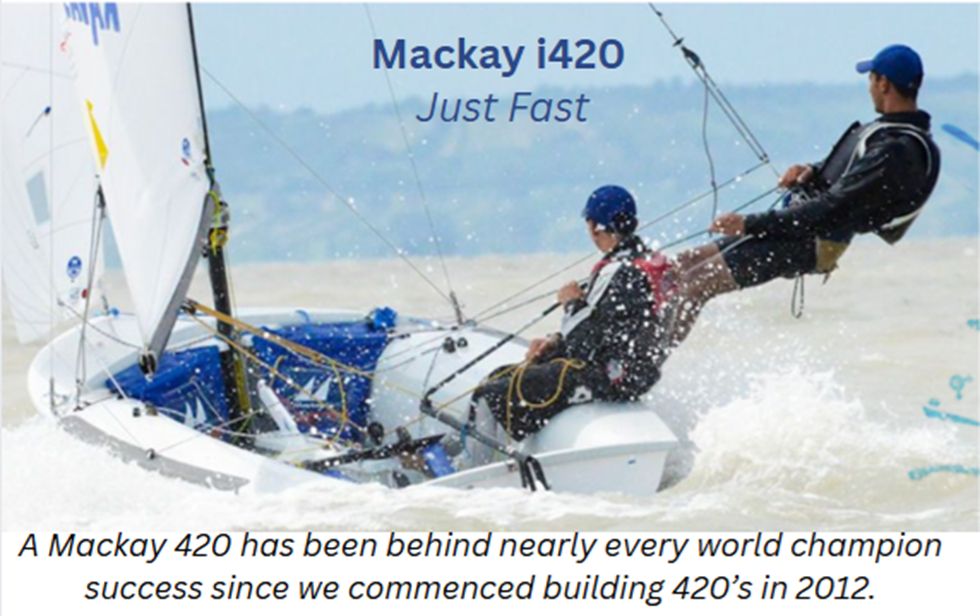Founded in 1885 by New England Congregationalists who sought to bring their style of liberal arts education to the Florida frontier, Rollins is a four-year, coeducational institution and the first recognized college in Florida. News Flash: Rollins College seeks a new Head Sailing Coach!
The perfect blend
Challenging coursework, engaging service and international opportunities, and nearly 100 student-led organizations and clubs create a rich living and learning environment ripe for you to find your passion and potential.
Engage in a wide range of ideas and perspectives
A Rollins education challenges you to step outside of your intellectual comfort zone—explore new ideas, reconcile seemingly irreconcilable perspectives, read critically, and write reflectively. In the process, you’ll attain a deeper understanding of the world and your place in it.
Make a difference
At Rollins, you won’t serve the community for the mere purpose of adding a line to your resume—you’ll connect your education and your passions to the needs of the world.
Did we mention location?
Located along the banks of Lake Virginia in Central Florida, our beautiful campus encourages you to take advantage of Florida’s natural beauty and Orlando’s vibrant metropolis.
Mission Statement
Rollins College educates students for global citizenship and responsible leadership, empowering graduates to pursue meaningful lives and productive careers. We are committed to the liberal arts ethos and guided by its values and ideals. Our guiding principles are excellence, innovation, and community.

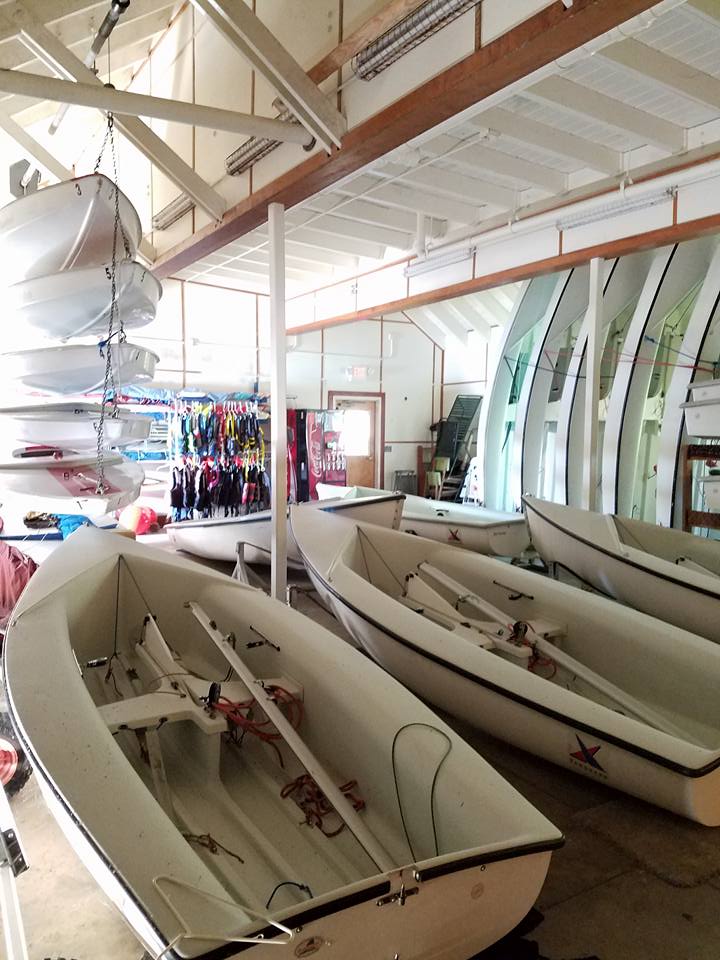
Sailing Team: News Flash: Rollins College seeks a new Head Sailing Coach!
Rollins College is accepting applications for a Head Varsity Sailing Coach. This is a full-time, 12-month position reporting to the Director of Athletics. This role is responsible for all phases of coaching the sailing program, including administrative duties; recruiting; budget management, including purchase, maintenance and inventory of all equipment; hiring and supervising assistant coaches; program management; fundraising and public relations; and planning and scheduling practices, games, transportation and meals. Anticipated start date: January 2018.
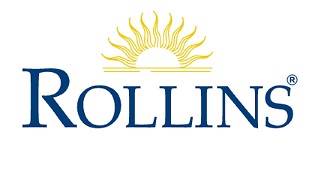
 Fresh from successfully helping host the 2017 Optimist US National Championship, the
Fresh from successfully helping host the 2017 Optimist US National Championship, the 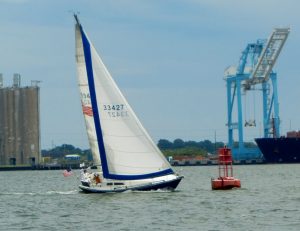
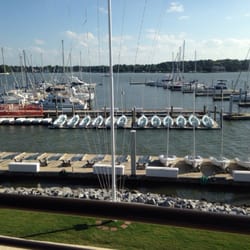
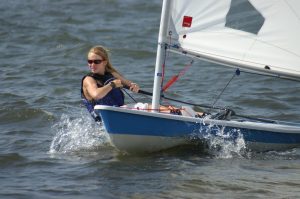
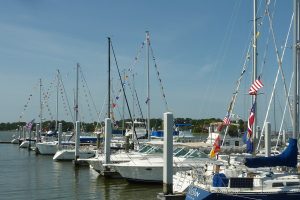 In the following week contributions came in from many people who were acquainted with sail racing as a sport, along with contributions from many of Norfolk’s business firms. It was decided after the purchase of the beautiful silver cup, that the appropriate name be Governor’s Cup. After writing Governor Colgate W. Darden, Jr., (a Norfolk native) and explaining that our cup was for the promotion of good sportsmanship among the challengers for this cup, Governor Darden returned a letter on September 6, 1944 and replied that: “I have received your letter of the 5th and I shall be very glad to have a trophy designated as you suggest. “I wish to commend you for your activities in promoting interest in sailing. It is a most worthwhile sport.” We are very grateful that we had a sailboat enthusiast and sportsman to sponsor our cup. This is a perpetual trophy which will always be on display at the Norfolk Yacht and Country Club, with the name of the winner engraved on a silver plaque at the base. The winner shall be awarded a suitable trophy to remain in their possession. It is our hope that anyone who has a passion for sailing can come and experience this event, our goal is to return this regatta back to its former glory and strive to get as many boats on the line as possible. Over the years, the competing classes have expanded beyond the Hamptons and includes Lasers, Optis, Flying Juniors, Flying Scots, Club 420s, Sunfish and any other class that can muster more than one boat. Five boats will get their own start.
In the following week contributions came in from many people who were acquainted with sail racing as a sport, along with contributions from many of Norfolk’s business firms. It was decided after the purchase of the beautiful silver cup, that the appropriate name be Governor’s Cup. After writing Governor Colgate W. Darden, Jr., (a Norfolk native) and explaining that our cup was for the promotion of good sportsmanship among the challengers for this cup, Governor Darden returned a letter on September 6, 1944 and replied that: “I have received your letter of the 5th and I shall be very glad to have a trophy designated as you suggest. “I wish to commend you for your activities in promoting interest in sailing. It is a most worthwhile sport.” We are very grateful that we had a sailboat enthusiast and sportsman to sponsor our cup. This is a perpetual trophy which will always be on display at the Norfolk Yacht and Country Club, with the name of the winner engraved on a silver plaque at the base. The winner shall be awarded a suitable trophy to remain in their possession. It is our hope that anyone who has a passion for sailing can come and experience this event, our goal is to return this regatta back to its former glory and strive to get as many boats on the line as possible. Over the years, the competing classes have expanded beyond the Hamptons and includes Lasers, Optis, Flying Juniors, Flying Scots, Club 420s, Sunfish and any other class that can muster more than one boat. Five boats will get their own start.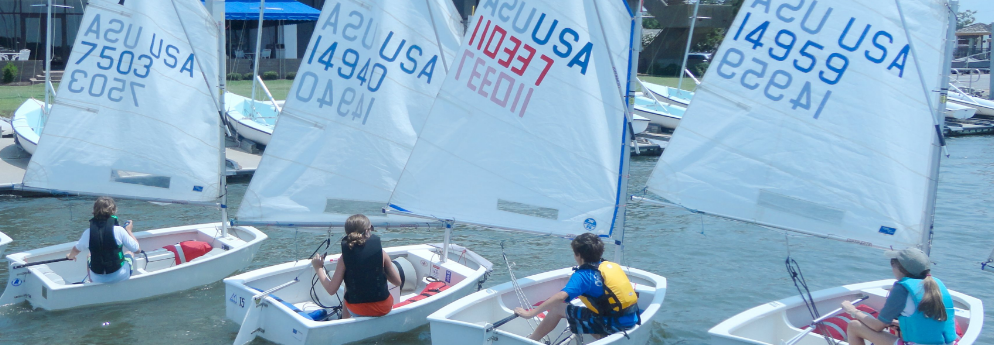
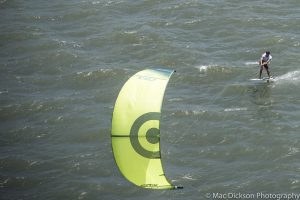 The CR:X, launched by Neil Pryde in October 2016, is a One Design kiteboarding platform that is convertible between foil and twin-tip modes. The system was designed with hopes to bring in a new generation of kiteboard racers while simultaneously providing those with plenty of experience with an inexpensive, easy to use package that doesn’t lack in performance. This platform introduces the world’s first one-design kite racing class. The CR:X equipment is seamlessly converted from an entry-level training platform to a competitive foil-racing kit using one set of hardware. The 7m, 10m, and 13m kites that Neil Pryde offers with the package cover a wide range of wind conditions. The
The CR:X, launched by Neil Pryde in October 2016, is a One Design kiteboarding platform that is convertible between foil and twin-tip modes. The system was designed with hopes to bring in a new generation of kiteboard racers while simultaneously providing those with plenty of experience with an inexpensive, easy to use package that doesn’t lack in performance. This platform introduces the world’s first one-design kite racing class. The CR:X equipment is seamlessly converted from an entry-level training platform to a competitive foil-racing kit using one set of hardware. The 7m, 10m, and 13m kites that Neil Pryde offers with the package cover a wide range of wind conditions. The 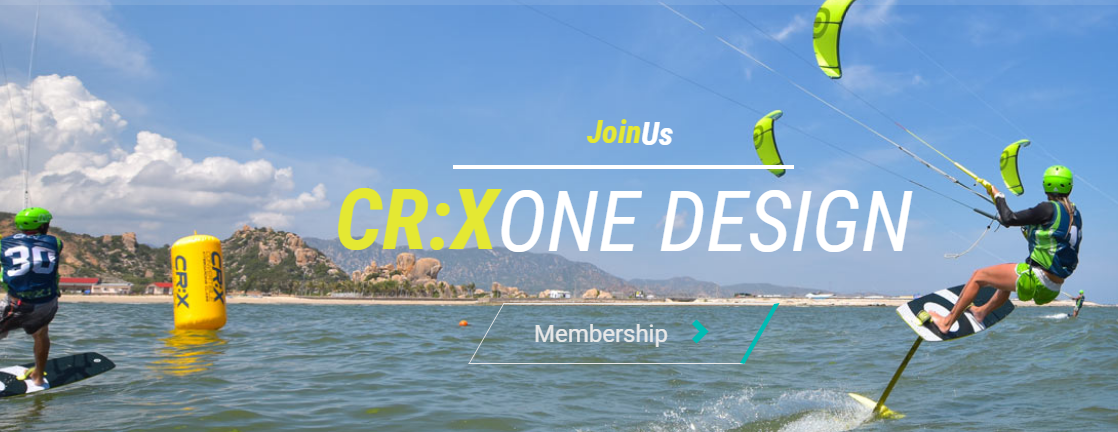
 hundred dollars. Our package is attractive because: A) the price point for sure, B) when you’re out sailing and riding against the people you sail against, you’re always pretty confident immediately that it’s you and not the gear that’s making you faster or slower. With hydrofoil racing, the gear race is so aggressive. Foils are updated constantly… little things like lines and small kite improvements… so it really is a bit of an arms race. Keeping up with it monetarily is pretty tough. If it’s all One Design, you got your stuff, you practice on it, you go out and sail with what you got.
hundred dollars. Our package is attractive because: A) the price point for sure, B) when you’re out sailing and riding against the people you sail against, you’re always pretty confident immediately that it’s you and not the gear that’s making you faster or slower. With hydrofoil racing, the gear race is so aggressive. Foils are updated constantly… little things like lines and small kite improvements… so it really is a bit of an arms race. Keeping up with it monetarily is pretty tough. If it’s all One Design, you got your stuff, you practice on it, you go out and sail with what you got.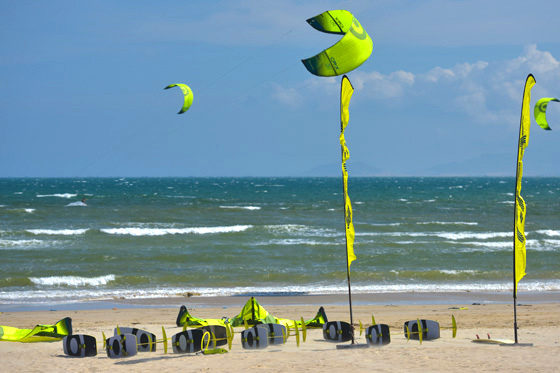
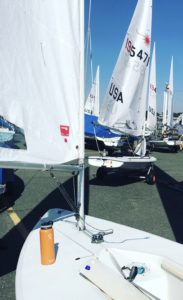 Summer is now in full swing which means so is the heat! A key to bettering your performance on the water is giving your body the fuel it needs to perform. Not only do we need to be eating right to perform on the water, but more importantly we need to hydrate our bodies. Hydration is key to performing at your top level out on the race course as well as for success in your daily life. These tips will help you to avoid dehydration during the sailing season and perform at your highest level.
Summer is now in full swing which means so is the heat! A key to bettering your performance on the water is giving your body the fuel it needs to perform. Not only do we need to be eating right to perform on the water, but more importantly we need to hydrate our bodies. Hydration is key to performing at your top level out on the race course as well as for success in your daily life. These tips will help you to avoid dehydration during the sailing season and perform at your highest level.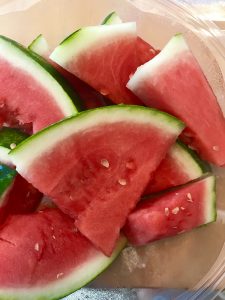 Tip #3: Hydrate with Food
Tip #3: Hydrate with Food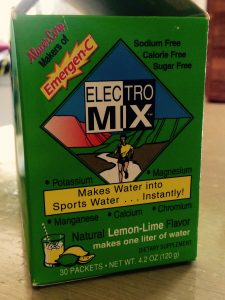 Mix Electrolyte Replacement Drink Mix. This contains potassium, calcium, and magnesium. Next time do some research before consuming that sports drink and find out if it will help or hinder your performance out on the water.
Mix Electrolyte Replacement Drink Mix. This contains potassium, calcium, and magnesium. Next time do some research before consuming that sports drink and find out if it will help or hinder your performance out on the water.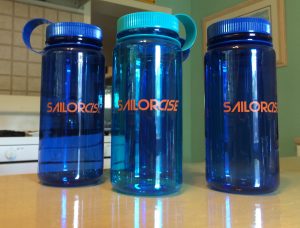 About 60% of our bodies of made of water, so hydrating is an essential function for life. However, hydrating is something people tend to forget about leading to dehydration. For your success in daily life and sailing at your top level, you need to make sure you are hydrating your body properly. By carrying a reusable water bottle everywhere, creating a hydration plan, hydrating with food, choosing sports drinks wisely, and recognizing signs of dehydration, you are sure to stay hydrated this summer and all year long. These tips will not only help to prevent dehydration for better performance on the water but lead to a healthier lifestyle for years to come. Sail faster by drinking that water!
About 60% of our bodies of made of water, so hydrating is an essential function for life. However, hydrating is something people tend to forget about leading to dehydration. For your success in daily life and sailing at your top level, you need to make sure you are hydrating your body properly. By carrying a reusable water bottle everywhere, creating a hydration plan, hydrating with food, choosing sports drinks wisely, and recognizing signs of dehydration, you are sure to stay hydrated this summer and all year long. These tips will not only help to prevent dehydration for better performance on the water but lead to a healthier lifestyle for years to come. Sail faster by drinking that water! Congratulations to Team Lauderdale YC (LYC-1), for winning the 2017 Optimist Team Race National Championship. The event was held at
Congratulations to Team Lauderdale YC (LYC-1), for winning the 2017 Optimist Team Race National Championship. The event was held at 
